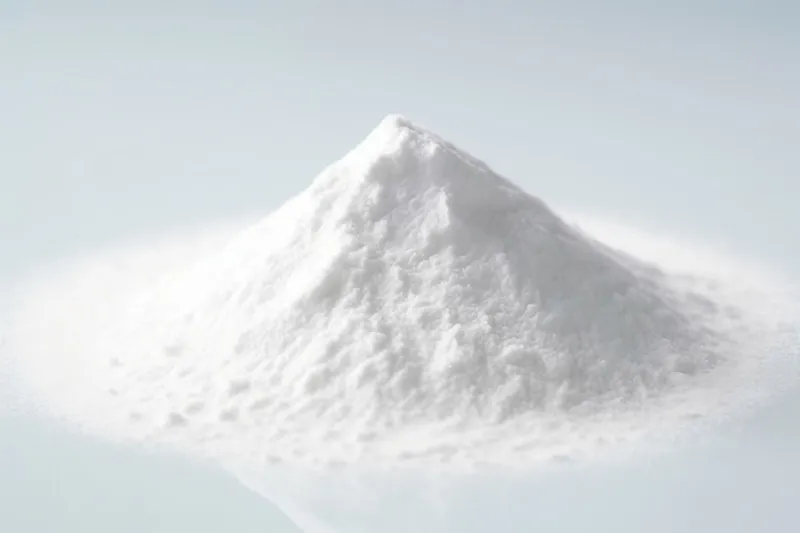Surface modification plays a crucial role in enhancing the properties and applications of heavy calcium carbonate powder. By altering the surface characteristics of calcium carbonate particles, dry surface modification techniques can improve dispersibility, compatibility, rheological behavior, and other important attributes. In this comprehensive guide, we will explore the concept of modified calcium carbonate powder and delve into the differences and advantages of using modified calcium carbonate powder compared to regular calcium carbonate powder.

Understanding Modified Calcium Carbonate Powder:
Modified calcium carbonate powder refers to particles undergoing surface treatment or modification to enhance specific properties. The surface modification involves applying various chemical or physical treatments to the powder, which can alter the particle surface chemistry, morphology, and surface energy. These modifications result in unique characteristics that differentiate modified calcium carbonate powder from its regular counterpart.
Differences and Advantages in Applications:
Improved Dispersion and Compatibility:
One notable advantage of using modified calcium carbonate powder is its improved dispersibility in various matrices. Unlike regular calcium carbonate powder, modified particles exhibit enhanced surface-wetting properties, reducing aggregation and improving their ability to disperse uniformly within liquid or solid systems. This improved dispersion improves compatibility with organic polymers, coatings, adhesives, and other materials, ensuring the modified powder’s efficient utilization and homogeneous distribution.
Enhanced Rheological Behavior:
Surface modification of calcium carbonate powder can significantly alter its rheological properties, making it more suitable for specific applications. Modified particles often possess tailored surface charges and surface energies, allowing them to act as viscosity modifiers or thickeners in suspensions, paints, and other formulations. This control over rheological behavior enables manufacturers to achieve desired flow characteristics, improve stability, and optimize performance in diverse industries.
Superior Reinforcement and Mechanical Properties:
In certain applications, such as rubber, plastics, and composites, modified calcium carbonate powder offers superior reinforcement capabilities compared to regular calcium carbonate powder. The surface treatments can enhance the interfacial adhesion between the modified particles and the surrounding matrix, resulting in improved mechanical properties, such as tensile strength, flexural modulus, impact resistance, and dimensional stability. This advantage expands the range of applications where modified calcium carbonate powder can be used as a cost-effective filler or reinforcing agent.
Enhanced UV Stability and Whiteness:
Surface modification techniques can impart UV stability and whiteness to calcium carbonate powder, making it suitable for applications that require high light reflectance and resistance to yellowing or discoloration. Modified particles with engineered surface coatings or functionalized groups can absorb or scatter UV radiation, reducing its impact on the material’s color and physical integrity. This advantage is particularly desirable in industries such as paints, coatings, plastics, and paper, where UV stability and whiteness are critical quality attributes.
Tailored Surface Functionality:
By modifying the surface of calcium carbonate powder, desired functionalities can be introduced or enhanced. Depending on the application requirements, surface treatments can introduce hydrophobicity, specific chemical reactivity, or compatibility with different solvents or polymer matrices. This tailoring of surface functionality enables the customization of modified calcium carbonate powder for specific industrial applications, ensuring optimal performance and desired outcomes.
Dry surface modification techniques offer a comprehensive approach to enhancing the properties and applications of heavy calcium carbonate powder. Modified calcium carbonate powder exhibits improved dispersibility, compatibility, rheological behavior, UV stability, whiteness, and tailored surface functionality compared to regular calcium carbonate powder. These advantages make modified calcium carbonate powder highly versatile and valuable across various industries, including coatings, polymers, adhesives, composites, and more. Manufacturers can optimize their material selection and formulation processes by understanding the concept of modified calcium carbonate powder and its distinct benefits, improving product performance and expanding application possibilities.
